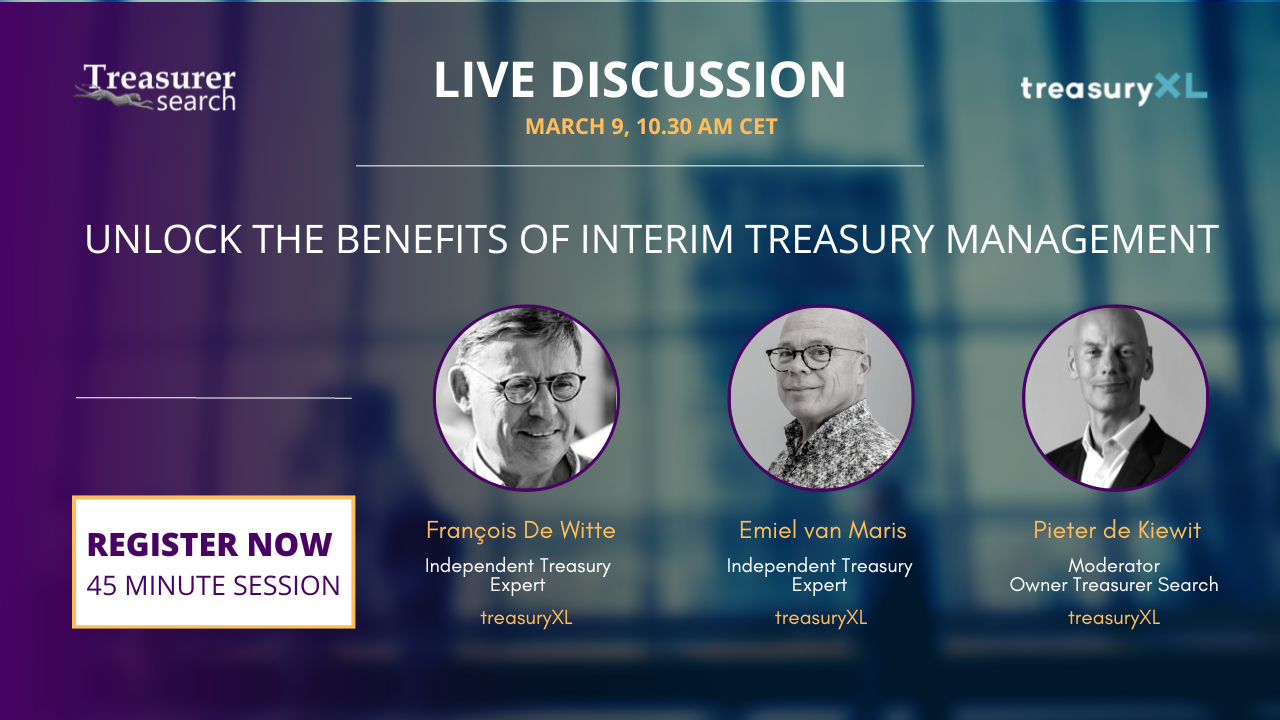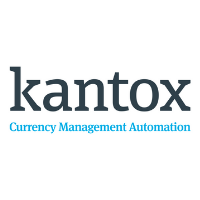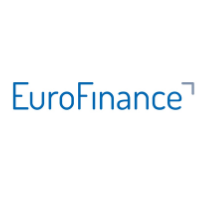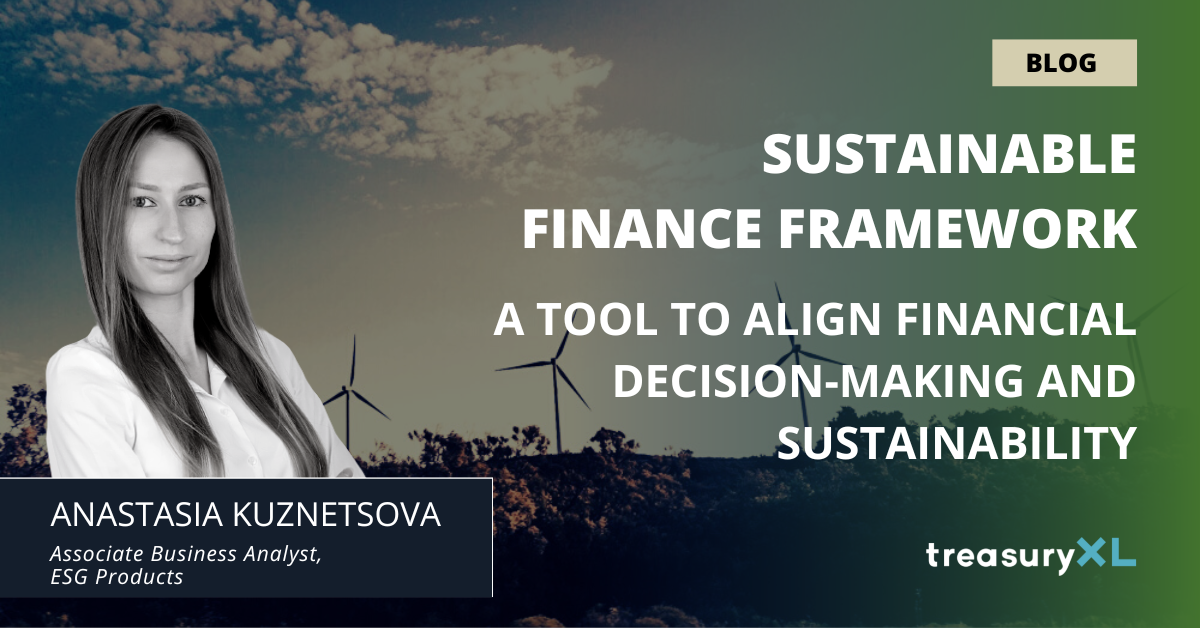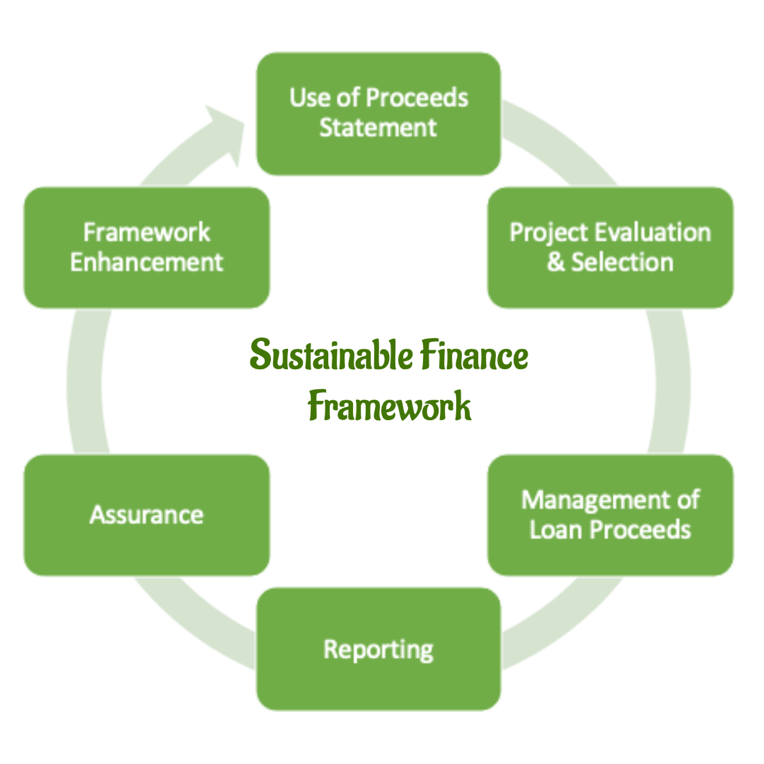08-02-2023 | Carlo de Meijer | treasuryXL | LinkedIn |
The collapse of crypto exchange FTX early November 2022 plunged the crypto markets into a crisis. This event sparked a wave of crypto-bankruptcies, failed investments and rapid collapses.
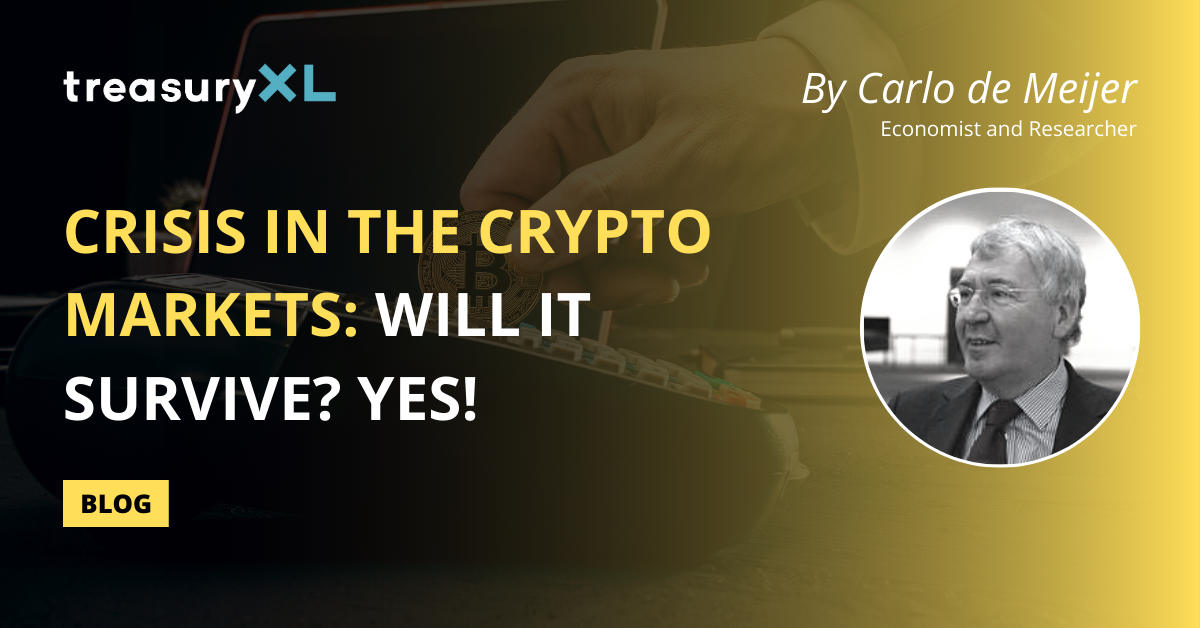
By Carlo de Meijer
The current situation is a mixture of concern and uncertainty with the future of the crypto markets. This has triggered regulators worldwide to come with stricter regulations and oversight.
The main issues I want to talk about in this blog are: How did the crypto markets react up till now? What will 2023 bring for the crypto market? And what is needed to regain trust in the crypto markets?
How did the crypto markets react up till now?
FTX’s collapse and its bankruptcy triggered fears of contagion in the crypto market. This produced a wave of bankruptcies in the crypto industry, while other crypto companies had to reduce their workforce or were confronted with liquidity problems.
Here are just a handful of crypto firms affected by the crypto downturn to name a few include names like Genesis, Binance, BlockFi, Crypto.Com, Huobi, Coinbase, Bitvavo, Kraken, Swyftx, Blockchain.com, ConsenSys, Amber Group and Silvergate Capital. And there are many more.
Wave of bankruptcies
Main example is Genesis, the crypto lender and trade platform owned by Digital Currency Group (DCG). Genesis which served as one of the pillars of the crypto industry came into trouble when it had lent hundreds of millions to the sister company of FTX, Alameda Research.
Genesis has filed for Chapter 11 bankruptcy protection. Under this process, a struggling company is sheltered from creditors temporarily while it attempts to restructure its finances. Since then Genesis has frozen the outflow of client assets. Genesis owes creditors more than $3 billion. s a result more than 100 thousand of creditors of the US crypto company may lose at least a part of their claim/exposure..
Another example is crypto lender BlockFi, which earlier sought financial assistance from FTX. BlockFifiled for bankruptcy protection on Nov. 28, citing ‘significant exposure’ to FTX as the main reason for its collapse. That loan, for $275 million, is one of BlockFi’s outstanding debts that needs rationalizing under Chapter 11.
Cut down on workforce
Last year, many crypto giants were forced to cut down deeply on their workforce to cope with mounting losses. It comes as floods of investors have piled out of centralized exchanges after the collapse of FTX.
To name some examples. Crypto.com announced that it will be laying off 20% (490 employees) of its workforce, being unable to weather the collapse FTX without further cuts. Huobi, the crypto exchange plans to reduce its global headcount by about 20%, in the latest round of layoffs to hit the beleaguered cryptocurrency industry.
Coinbase, the largest crypto platform of the US has decided to cut about a fifth of its workforce (950 employees), as it looks to preserve cash during the crypto market downturn. Coinbase, had already slashed 18% of its workforce in June. Earlier December last year.
Genesis laid off about 30% of its workforce as it faced up to the FTX fallout, which had already forced to it to stop customer withdrawals. While the mother company DGC on its turn had to sack one-tenth of its staff.
Run out of liquidity
Triggered by the FTX collapse a growing number of crypto platforms are confronted with liquidity problems. The implosion of FTX exchange has created a liquidity crisis in the crypto market that may contribute to an extended crypto winter.
Binance, the world’s largest exchange, is facing questions about the reserves it holds to backstop customer funds. As much as $6 billion in digital tokens were pulled from the exchange between Dec. 12 and Dec. 14. Last month, Binance briefly paused withdrawals of the USDC stablecoin, prompting concerns over its own ability to cover client redemptions. It has since resumed USDC withdrawals.
Another crypto company in trouble is crypto trade platform Gemini. Gemini lent Genesis funds for its interest-bearing product, is no trying to recoup $900 million of customer money from the embattled firm.
The FXT collapse and the resulting meltdown of the cryptomarkets also has its impact on the Dutch crypto world. Bitvavo, the largest Dutch crypto trade platform (40% of the market) that manages 1,6 billion euro and has more than 1 million clients, is becoming victim. Bitvavo that has stalled 280 million dollar at Genesis and might not get back tens of millions of client assets.
More crypto companies feel the pain
The number of companies that are getting into trouble because of the FTX collapse is firmly increasing. Due to market conditions Coinbase has made the difficult decision to halt operations in Japan and to conduct a complete review of their business in the country. Blockchain-based payment platform e-Money that aims to bridge the legacy banking system through a single blockchain layer, has ceased its issuance of the EEUR stablecoin in the context of current market conditions.
The Metropolitan Bank Holding Corp, the holding company for Metropolitan Commercial Bank, has announced that it decided to completely shut down its crypto arm. Circle Internet Financial, which runs popular stablecoin USD Coin, is ending its bid to go public. And US-based Crypto payment firm Wyre is on the brink of liquidation looming shutdown and dissolution of operations of in January 2023.
Negative investor sentiment
The FTX collapse has affected investors across the globe and deterred investor confidence in crypto currencies. It firmly has reduced the trust of investors in the cryptomarkets questioning their credibility. As a result crypto exchanges saw disappear billion dollars from client accounts. While on the other many institutional investors in FTX had their investment stuck on the platform after it filed for bankruptcy on November 11. In the worst case this could cost investors, customers and lenders many billions of dollars.
The collapse caused many retail and institutional investors to rethink their future crypto investments as well as renew their focus on how sustainable crypto is for business. The FTX implosion has deterred investors and large buyers away from the crypto ecosystem. The FTX collapse has also “shaken potential investors,” making it more difficult for crypto start-ups to bring onboard the funding they need to scale.
Deep fall of crypto currencies
As result of all these events many crypto currencies were in a downward gliding spiral triggered by the FTX collapse.
Major crypto currencies Bitcoin and Ether fell to a historical low
When FTX exchange announced bankruptcy, the Bitcoin price dropped from over $20,000 to under $16,000 in a matter of days, a fall of more than 75 percent from their highs of $69.044 on 11 November 2021. The second major crypto Ethereum also saw a similar decline, falling from above $1,600 to below $1,200 as the events unfolded (high 10 November 2021 $4444.53). Other tokens like Dogecoin, Avalanche, and Solana also plunged heavily. Striking is that the crypto currencies regained some strength during January. Bitcoin, the leading crypto currency, climbed to well above $21.000 level, a 26% gain up till now.
Total market cap lost more than $2 trillion
As a result this deep fall in crypto currencies value and due to defaults and bankruptcies the market cap for cryptocurrencies has fallen to $798 billion, or more than 75 % from a record peak of almost $3 trillion in November 2021. In all more than $2 trillion in speculative market value evaporated in 2022. In January 2023 the combined digital currency market cap surged back and is now pegged beyond $ 1 trillion.
Where crypto markets are heading in 2023
What is the expectation for the cryptomarkets for 2023 and beyond? Remediation will take time, and very likely this could extend this crypto winter by many more months, perhaps through the end of 2023or even longer in my view. This might give the recent uptake in crypto currencies a short live.
Contagion takes a long time to fully play out. According to experts, the true contagion effects of the FTX fiasco will continue to unravel in the coming period. There is the thread that other domino stones will tumble in the overheated crypto market. FTX contagion could lead to more bankruptcies and lawsuits this year as well.
The crypto market might see “second-order effects” from counterparties that may have lent or interacted with either FTX or Alameda. That could create a liquidity crisis in the crypto market and cause major losses and liquidations throughout the crypto industry. This especially goes for the smaller crypto players.
This longer crypto winter could lead to more liquidity issues and bankruptcies, as well as further deterioration of investor confidence. The impact that this will have is that a lot of projects actually are not going to have the funds, and therefore the resources, for them to continue and develop.
What is needed for a sound crypto market?
The crash of the FTX crypto exchange highlights the shortcomings of this industry, lacking financial and structural transparency as well as financial protection of consumers.
The FTX downfall has triggered renewed calls for heightened regulation and more effective oversight of the largely unregulated crypto markets to protect investors and customers. Next to more stringent regulation and supervision, creating a more sound crypto market will also ask for a much more self-cleaning capacity of the industry industry while investors should be educated to understand the various risks of crypto.
Stringent regulation and more effective oversight
The FTX collapse will looks certain to stir regulators into action. The industry is steadily moving towards regulation globally to protect investors from market uncertainty obliterate security risks and prevent any impact on the monetary system.
Governments in the U.S, European Union and the U.K. are increasingly taking steps to clean up the market thereby preventing similar collapses. But while the US and UK are still in a very early stage the EU is well advanced and might become a blueprint for regulators around the world.
U’s Market in Crypto Assets Regulation
The EU’s Markets in Crypto-Assets Regulation (MICA) is the most comprehensive regulatory framework to date. The bill is wide-ranging, covering money laundering, the environment, corporate reporting and consumer protection.
It aims to reduce the risks for consumers by making crypto exchanges liable if they lose investors’ assets. It would require stablecoin issuers to hold enough reserves to prevent their collapse, and would require crypto miners to disclose their energy consumption. What’s more, any exchanges that operate in the region will have to be monitored by a financial regulator from an EU member state.
MiCA may serve as a blueprint for regulators around the world. The EU crypto regulation will likely have an impact that extends well beyond the EU’s borders due to its comprehensive nature and its detailed provisions around stablecoin issuance, market manipulation, custody, transaction reporting, and more.
If the European measures are successful, there’s a strong likelihood that other jurisdictions will adopt something similar – but on the one hand, that takes time to implement. It is important that regulators act quickly. But MICA is not due to start until.
Increased scrutiny and litigation by regulators
Regulators have long litigated the ‘bad apples’ in crypto. The U.S. government will continue its litigation in 2023, and we will see additional crypto-related sanctions guidance, enforcement actions and designations in the near term.
Another step to create a more healthier and credible crypto market is by increasing regulatory scrutiny. Cyber-enabled crime presents an increasing threat to international economic stability, as well as to honest individual investors in cryptocurrency.
In the mean-time supervisors worldwide have become more alert and intervene more often. Regulators in the US already started intensifying there scrutiny activities. The SEC recently advised public-reporting crypto companies to ensure they are adequately disclosing to investors any potential material adverse exposure they may have as a result of bankruptcy events and financial distress involving crypto intermediaries. The Federal Trade Commission is investigating multiple crypto companies over allegations of deceptive conduct. They are investigating several firms for possible misconduct concerning digital assets.
The Dutch central bank has fined the US trading platform Coinbase for cryptocurrencies Coinbase. Being active in the Netherlands without being registered, the platform should pay a fine of 3,3 million euros. Since 2020 crypto companies are obliged being registered at DNB. In this way the central bank aims to better keep an eye on if these platforms ate doing enough to prevent money laundering of financing of terrorism.
Self-cleaning ability in the crypto world
As long as there is no crypto regulation on a large scale there is immense pressure on the crypto world to bring their house on order to recover its credibility and reputation. There is growing awareness at crypto companies that only more transparency could trigger the crypto markets to grow again. We are already seeing a renewed commitment by crypto platforms to building better, more trustworthy solutions in the space and expect that trend to be a core theme of 2023. Other announced they will only partner with platforms that are over collateralized and assure the safety of their members’ assets.
Crypto exchanges also took some steps to protect their investors. A growing number of crypto companies have announced to publish an audit soon or are working on releasing Proof of Reserves to assure their users of their fund safety. But without proper regulation it will be a great challenge to draw up annual accounts control if the bookkeeping largely consists of crypto currencies.
Those steps are just the beginning, and companies and executives within the crypto sector would be wise to get their houses in order to avoid investigations or actions that can drain resources, harm reputations and destroy businesses.
Education for investors
Crypto companies are also starting to educate their users about different aspects of trading in this ecosystem. The crypto market is still relatively new and not yet fully understood, and market conditions can change rapidly. They are asking investors to keep in mind the potential risks and make well informed decisions before making any investments. For investors it is important to conduct thorough research and consult with professionals before making any investment decisions.
Narrower cooperation
In the wake of FTX’s collapse there is an opportunity for the crypto and broader financial industry and its governing bodies globally to come together and work towards standards of conduct, including reporting on reserves and other disclosures to ensure that the industry is doing its utmost to safeguard consumers thereby building trust in the crypto markets. .
Regulators have the challenge and sometimes competing goals of keeping consumers safe while supporting the future of innovation. Striking the appropriate balance between consumer protection and innovation will require close collaboration between the industry and policymakers across jurisdictions due to the borderless nature of crypto.
Forward looking
There are no crystal balls in crypto and predictions are not certain.
Though the outlook for crypto is bad at this time, the broader industry is not going away. We should look at it as a transition period.
The year 2022 should act as a wakeup call for both crypto companies and investors. Following the high volatility recorded in 2022, the crypto community understand that regulations will play a crucial role forward. The crypto sector must adapt if it wants to survive. Their survival will be determined by how seriously they take risk management, governance and regulation.
It’s clear the FTX drama could radically reshape crypto in the years to come. The cryptocurrency industry will never look the same again after all of this turmoil.
Economist and researcher

